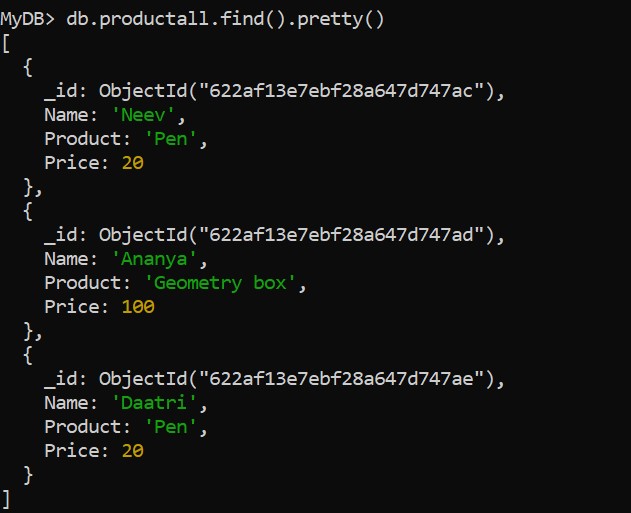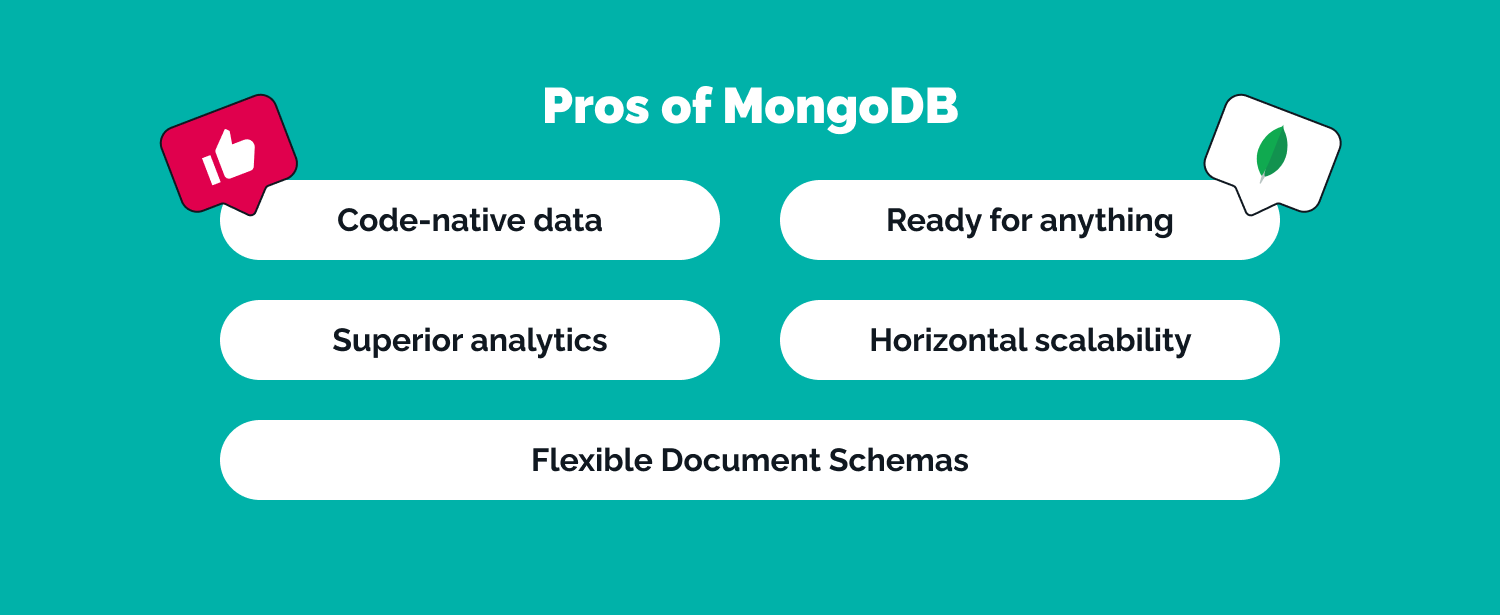


beat our consensus estimate by 22.22%, and for the current fiscal year, RMNI is expected to post earnings of $0.47 per share on revenue of $425.5 million. RMNI has a Zacks Rank of # 2 (Buy) and a Value Score of A, a Growth Score of A, and a Momentum Score of B.Įarnings were strong last quarter. Shares of MDB have been soaring, and the company still appears to be a decent choice, but what about the rest of the industry? One industry peer that looks good is Rimini Street, Inc. How Does MDB Stack Up to the Competition? Thus, it seems as though MongoDB shares could have a bit more room to run in the near term. Since we recommend that investors select stocks carrying Zacks Rank of 1 (Strong Buy) or 2 (Buy) and Style Scores of A or B, it looks as if MongoDB meets the list of requirements.

This isn't enough to put the company in the top echelon of all stocks we cover from a value perspective. On a trailing cash flow basis, the stock currently trades at 5X versus its peer group's average of 17.7X. In terms of its value breakdown, the stock currently trades at 267.8X current fiscal year EPS estimates, which is a premium to the peer industry average of 42.7X. The stock's Growth and Momentum Scores are A and A, respectively, giving the company a VGM Score of B. The idea behind the style scores is to help investors pick the most appropriate Zacks Rank stocks based on their individual investment style. These styles are represented by grades running from A to F in the categories of Value, Growth, and Momentum, while there is a combined VGM Score as well. On this front, we can look at the Zacks Style Scores, as these give investors a variety of ways to comb through stocks (beyond looking at the Zacks Rank of a security). MongoDB may be at a 52-week high right now, but what might the future hold for the stock? A key aspect of this question is taking a look at valuation metrics in order to determine if the company has run ahead of itself. This represents a year-over-year change of 35.95% and 21.18%, respectively. For the next fiscal year, the company is expected to earn $1.97 per share on $1.86 billion in revenues. This represents a 79.01% change in EPS on a 19.38% change in revenues. In its last earnings report on June 1, 2023, MongoDB reported EPS of $0.56 versus consensus estimate of $0.19 while it beat the consensus revenue estimate by 6.35%.įor the current fiscal year, MongoDB is expected to post earnings of $1.45 per share on $1.53 billion in revenues. The stock has an impressive record of positive earnings surprises, as it hasn't missed our earnings consensus estimate in any of the last four quarters.
Mongodb aggregate software#
MongoDB has gained 96.9% since the start of the year compared to the 33.6% move for the Zacks Computer and Technology sector and the 43.8% return for the Zacks Internet - Software industry. The stock hit a new 52-week high of $398.89 in the previous session. Accepting answers helps increase visibility of this question for other members of the Microsoft Q&A community.Shares of MongoDB (MDB) have been strong performers lately, with the stock up 54.9% over the past month.

If the answer has been helpful, we appreciate hearing from you and would love to help others who may have the same question. Comment is the fastest way of notifying the experts. If you still have questions, please let us know in the " comments" and we would be happy to help you. Next, for each container in the container group in which you'd like to mount the emptyDir volume, populate the volumeMounts array in the properties section of the container definition. First, populate the volumes array in the container group properties section of the file. To mount an emptyDir volume in a container instance, you can deploy using an Azure Resource Manager template, a YAML file, or other programmatic methods to deploy a container group. Containers in the group can read and write the same files in the volume, and it can be mounted using the same or different paths in each container. The emptyDir volume provides a writable directory accessible to each container in a container group. To persist the data, you can mount an emptyDir volume to the container group, or use an Azure file share. In your case, it seems that the MongoDB data is not stored in a persistent volume. To persist state beyond the lifetime of the container, you must mount a volume from an external store. If the container is restarted, crashes, or stops, all of its state is lost. By default, Azure Container Instances are stateless. It is possible that the data loss is caused by the restart of the container.


 0 kommentar(er)
0 kommentar(er)
